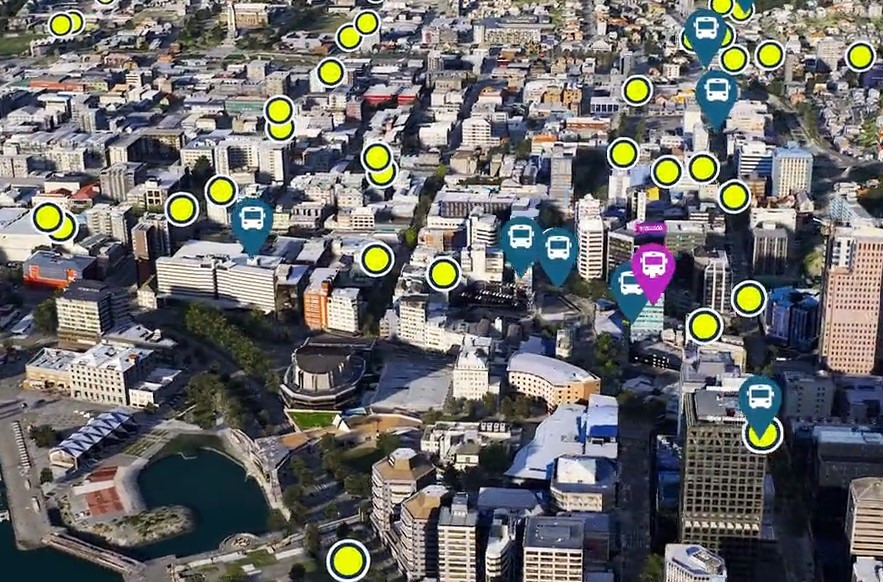
Header Pic credit: Wellington City Council
Jennie Gutry, Communications and Marketing Manager, at the Association of Local Government Information Management (ALGIM) talks to James Roberts, Chief Digital Officer at Wellington City Council.
James Roberts is the Chief Digital Officer at Wellington City Council where he has been for the last five and a half years. Before he joined, James had only ever worked in the private sector for BNZ, IBM, TelstraClear and SMSS as well as a tech startup he created.
As with many local government staff, James is there for the community. He says living in, and loving Wellington gives him the passion and attitude to do his job. And it is a role he loves.
“My Chief Executive, Barbara McKerrow, is an accomplished and respected senior local government leader. I really enjoy working in Barbara’s team; I am empowered to drive change and transformation.”
Historically, there had not been a lot of appetite for significant change, but the council was finding that its technology was not supporting the current needs of the operation. With his private sector experience, James says he is willing to take risks.
One of the first things he did was to move all systems to the Cloud and bring the service desk back in-house.
“People were not happy with the service they were getting. The service experience completely changed for the staff with the ICT staff being part of the wider council team.”
The group James manages is, like most councils, focused on enabling all staff to be fully mobile with access to modern digital services and improving service to the public. His major challenges are cybersecurity and having enough money and resources to do the right things.
A key focus for James and his group for the next three years is a programme of work called Tutuki – “to reach the farthest limit”. They want to make every interaction with the public as good as possible and really build trust between council and residents. James explains that there are 411 service interactions with the public through the website, contact centre and service centre. For example, there are 17 different ways to interact just with dog registrations.
“We want to make all these interactions easier, simpler and a better experience,” says James.
All councils have experienced angry customers, it comes with the territory. Part of the Tutuki programme is to eliminate as many of the stressful interactions council staff have with residents and have these online as much as possible.
Using a composable service architecture approach, James explains that building reusable blocks of code will be developed and used for improved digital services. James gives the example of creating a service request or payment facility. It may take a while to develop the initial code, but these blocks can then be quickly modified for a range of services, from dog registration to alcohol licensing.
James encourages innovation and “at least giving a project a crack and see what happens” admitting that sometimes things don’t work out, but the team will always learn from the experience. He is a big believer in failing fast.
The project James is most proud of supporting is the Wellington Digital City Model. In 2022 Council won the prestigious Bloomberg Mayors Challenge, a global competition recognising the boldest and most ambitious urban innovations that help cities tackle global issues including climate change.
The US$1 million prize money will be spent over three years (July 2022 – July 2025) to co-create an interactive digital tool to engage and educate residents about localised climate impacts and adaptation.
The project leverages the powerful data-driven visual storytelling capability of the Digital City Model to support the Council’s community-focused climate change adaptation work programme. The project will visualise climate change impacts and explore adaptation options with input from mana whenua, science and city planning. The public will be able to use it to see localised climate change impacts and potential adaptation and mitigation options in an easily accessible, interactive format for all to use.
James says this project was a risk. “When we started we didn’t know exactly what we would get and how useful it would be, but now it is paying off and I feel good about backing it. I give full credit to the team who are working on this incredibly powerful tool.”
James and his group are a great example of how local government is working hard to leverage digital technology for the city and community they are passionate about.



